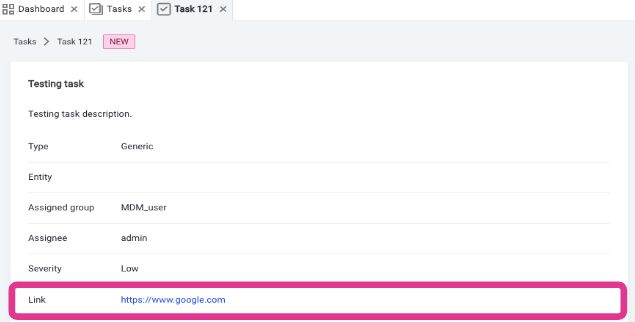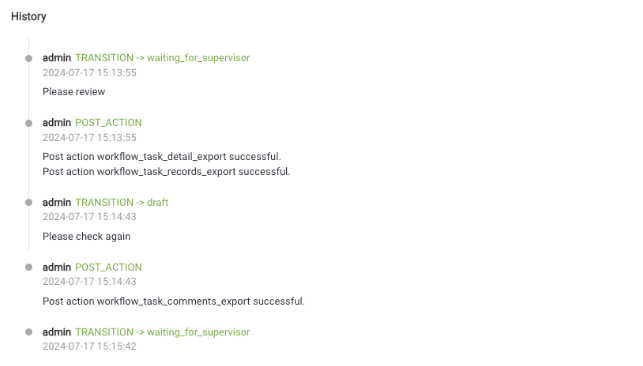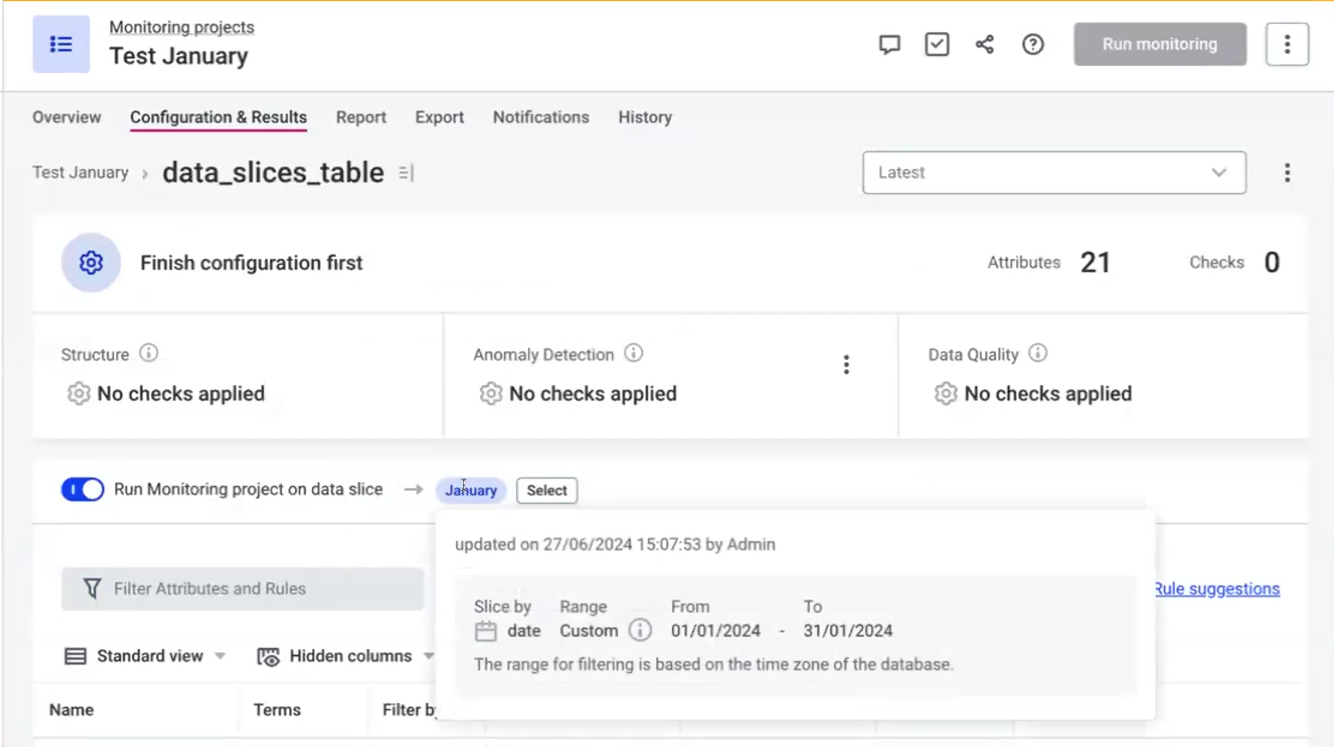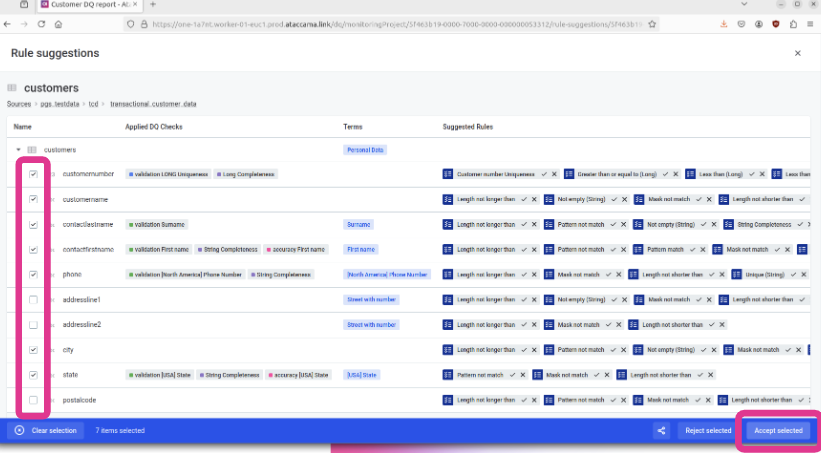Hi community 👋
We're very excited to announce that version 15.3 is out!
We are proud to share we have now launched Data Hiding and Data Slicing features, which enhance access management and performance and they've been asked by many of you. Plus, there are over 250 big and small improvements overall😮
Read on to find out what’s new in Part I of the v15.3 updates and let us know if you have any questions or feedback in the comments below 👇👇
MDM
🔗 Tasks - Clickable links and post actions on workflow transitions
You can now add a clickable link field to the task description to provide any important and relevant information about the task. This can be linked to your source data or anything you would like to share with the users. The functionality is enabled in the application.properties file [MDM Server Application Properties Task Configuration] and the links can be created and updated via REST API.

Tasks have now also an exciting new feature!
We just introduced the option to define one or more actions that will be automatically executed after the specified transition in the task workflow. You can set a post action to send out a notification after a workflow or task status is changed via an email notification or sending a message to the JMS topic/queue to notify the downstream system.
Additional post actions you can set up are:
- creating a new task
- updating a record

Check out our Configuring Workflows and Permissions article to find out more about how to set up post actions step by step.
Learn more about the rest of the MDM fixes, improvements, and updates in our Release Notes.
Monitoring Projects
🍕Data Slicing
Previously monitoring projects were run on the whole table which could be a resource and time-consuming task, especially for tables containing large amounts of historic records that are constantly updated with new data.
We’ve now introduced data slicing, which you can use to evaluate a subset of a catalog item based on selected criteria rather than process the entire item with every job - saving resources.
Using data slices you can:
- Optimize monitoring project performance on large datasets with a small portion of new data.
- Slice a large volume of data by a selected attribute(s) and run monitoring only on this relevant subset of data.
- Slice by date or string values. Easily define what the subset will be based on, for example, based on an attribute containing date information, or defined by country. This can be dynamic (that is, always based on the previous day or month) or static (based on a specific range).
When to use data slices?
- If you need to slice/filter a large volume of data by the selected attribute and run DQ checks only on the relevant subset of data.
- If you need to run DQ checks/profiling/DQ evaluation for a filtered, based on predefined criteria, data subset.
- To see the results of the DQ check runs for a previously filtered data subset, so I can assess the DQ results progression over time.
- To see the results of the DQ check run for a full table, so I could use it in my project, if required.
To learn more about data slicing, please see Create a Data Slice article.

✅Additional improvements
You can now assign auto-generated rule suggestions on the monitoring project rule suggestion page.

And…hide non-matching rules in monitoring projects while focusing on relevant attributes with DQ checks applied.

Stay tuned for Part II where we talk about data hiding, updates to ONE AI, and more!
If you have any questions please let us know in the comments below 👇👇👇
